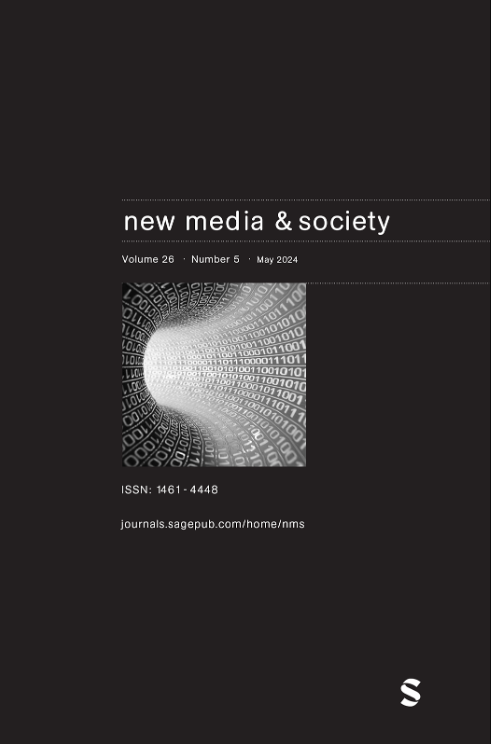“大脑腐烂”:将“大脑腐烂”作为青少年参与的一种类型进行理论化
IF 4.3
1区 文学
Q1 COMMUNICATION
引用次数: 0
摘要
2024年,牛津大学出版社将“brain rot”——一个主要出现在流行视频分享应用TikTok上的青少年俚语——选为年度词汇。这一声明引起了媒体的恐慌,其中“脑腐烂”主要被理解为对年轻人身心健康的威胁。本文试图挑战这一话语,以儿童媒体学术的参与性方法为基础,提出“脑腐烂”构成了一种复杂的、历史上的参与类型。根据奥斯陆七个16岁和17岁青少年的抖音研讨会的经验数据,“脑腐烂”被定义为一系列相关行为的集合,这些行为:(1)幼稚或不严肃,(2)没有提供认知或发展益处,(3)故意没有生产力。这样,它可以被理解为一种减压驱动的参与类型,年轻人积极抵制生产力和自我优化的压力。本文章由计算机程序翻译,如有差异,请以英文原文为准。
‘It speaks to me in brain rot’: Theorising ‘brain rot’ as a genre of participation among teenagers
In 2024, Oxford University Press made ‘brain rot’ – a piece of teenage slang found primarily on the popular video sharing application TikTok – its word of the year . This announcement was received by a public discourse of media panic wherein ‘brain rot’ was understood primarily as a threat to young people’s mental and physical wellbeing. This article seeks to challenge this discourse, building on the participatory approach to children’s media scholarship to argue instead that ‘brain rot’ constitutes a complex, and historically situated, genre of participation . Drawing on empirical data from seven TikTok workshops with 16- and 17-year-olds in Oslo, ‘brain rot’ is conceptualised as a collection of related practices that (1) are childish or unserious, (2) provide no cognitive or developmental benefit, and (3) are deliberately non-productive. In this way, it can be understood as a decompression-driven genre of participation whereby young people actively resist the pressures of productivity and self-optimisation.
求助全文
通过发布文献求助,成功后即可免费获取论文全文。
去求助
来源期刊

New Media & Society
COMMUNICATION-
CiteScore
12.70
自引率
8.00%
发文量
274
期刊介绍:
New Media & Society engages in critical discussions of the key issues arising from the scale and speed of new media development, drawing on a wide range of disciplinary perspectives and on both theoretical and empirical research. The journal includes contributions on: -the individual and the social, the cultural and the political dimensions of new media -the global and local dimensions of the relationship between media and social change -contemporary as well as historical developments -the implications and impacts of, as well as the determinants and obstacles to, media change the relationship between theory, policy and practice.
 求助内容:
求助内容: 应助结果提醒方式:
应助结果提醒方式:


